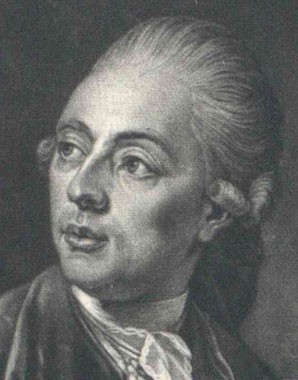Maria Theresa: Empress and mother of her peoples
Maria Theresa’s reign is commonly seen as a golden age of the Habsburg monarchy. However, many of the present-day images of the Empress are based on clichés.
In 1740, the provisions of the Pragmatic Sanction enabled Charles VI’s 23-year-old daughter Maria Theresa to take on her father’s highly problematic inheritance. One approach to this development is that adopted by sympathetic historians such as Friedrich Walter, whose preface to a collection of source material states that in spite of all the ‘mighty events’ that ‘weighed so heavily upon her life’, ‘Maria Theresa’s human and political greatness ... is generally recognized.’
The fact that not all European powers were willing to recognize Maria Theresa as her father’s legitimate heir led to the War of the Austrian Succession. For the first time since the fifteenth century, the Habsburgs had to relinquish the headship of the Holy Roman Empire, albeit only for a few years, on the election of the Wittelsbach Karl Albert in 1742. After his death in 1745, the office fell back into Habsburg hands, or more correctly into the hands of the new family of Habsburg-Lorraine in the person of Maria Theresa’s husband Franz Stephan. Maria Theresa was only ‘Empress’ by virtue of being the emperor’s wife – as a woman she was not permitted to be head of the Roman-German Empire.
Maria Theresa is commonly seen as a young heroine surrounded by enemies, most particularly Frederick the Great of Prussia, and standing up bravely to the machinations of the European powers. As a ruler, she has acquired the aura of a protective mother-figure – as early as 1762, her advisor Joseph von Sonnenfels called her ‘mother of the peoples’, evoking the image of the enlightened and philanthropic ruler still prevalent today. Assessments along these lines feature a number of gender clichés. In school textbooks in particular, as the only female ruler in the history of the Habsburgs, Maria Theresa has been characterized as an outstanding example of certain hackneyed qualities, notably beauty, youth, and helplessness. A large part of the overall picture is based on over-simplified ideas about the female sex and women’s tasks in life generally – in short, Maria Theresa has clearly served as an ideal vehicle for a multitude of psychological projections.






















